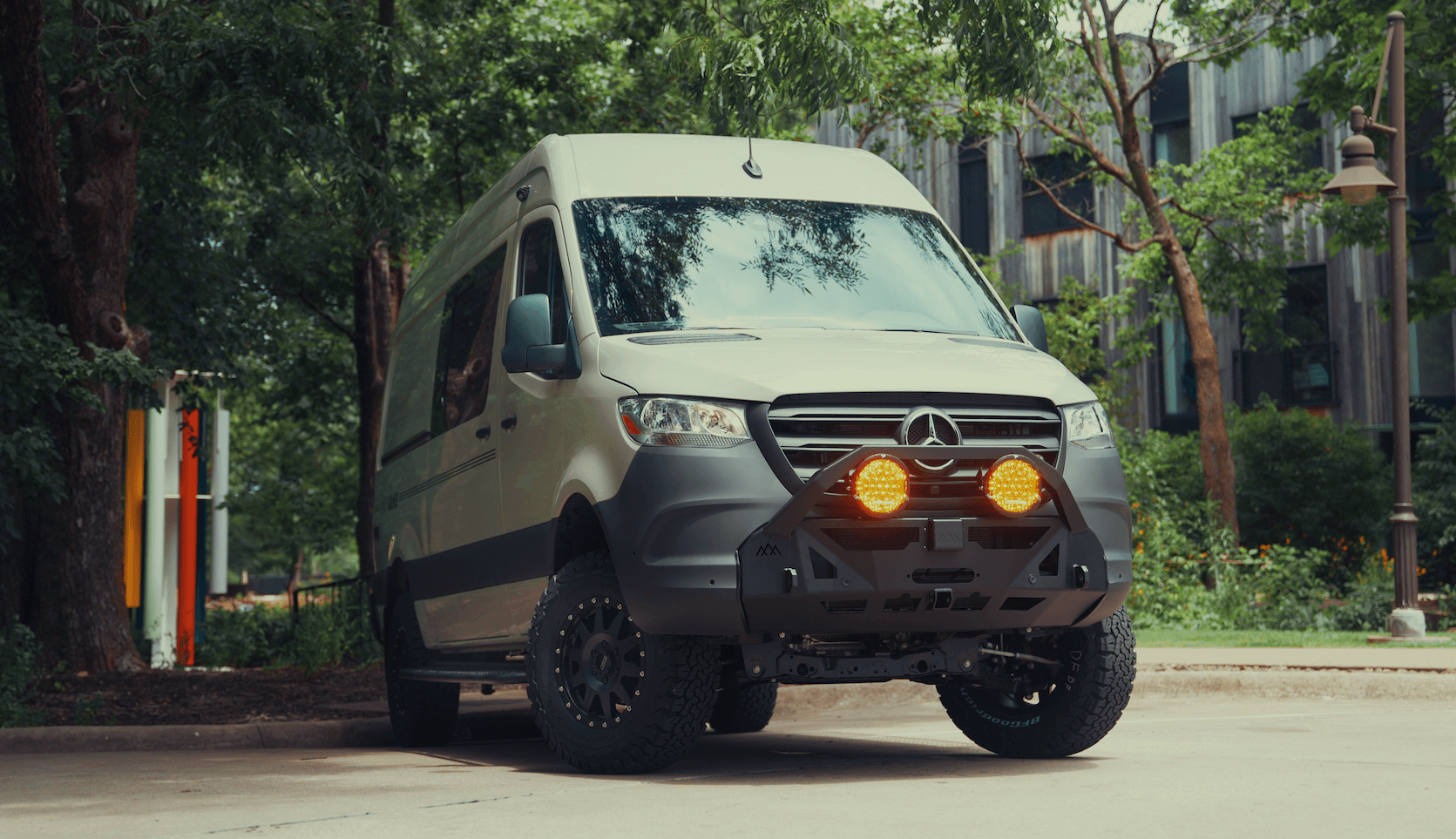Recreational Vans

Ultraviolet disinfection neutralizes microorganisms by damaging their DNA or RNA so they cannot reproduce. A UV water purifier places a germicidal lamp inside a protective quartz sleeve. Water flows through a chamber that exposes microbes to a calibrated UV dose, measured in millijoules per square centimeter. When the dose meets or exceeds validated levels, bacteria, viruses, and protozoa are inactivated without chemicals.
Because UV relies on light passing through water, clarity matters. Sediment, silt, iron, and tannins can scatter or absorb light, reducing effectiveness. That is why UV is typically the final stage after sediment and carbon filtration. A common residential or mobile sequence is 5 micron sediment, carbon block, then UV. This stack improves taste and odor while ensuring high transmission for the final germicidal step.
UV treatment does not change mineral content, pH, or flavor. It leaves no residual disinfectant in the plumbing, which is excellent for taste. However, that also means stagnant lines can recontaminate. Good system design includes short runs to the drinking tap, periodic flushing, and sanitary storage where applicable.
Germicidal UV typically targets the UVC range. Traditional systems use low pressure mercury lamps tuned near 254 nanometers. Newer LED based units emit specific wavelengths and can offer instant on operation with lower standby power. Regardless of source, the focus is delivering a verified UV dose at the certified flow rate.
UV shines at inactivating pathogens like E. coli, Salmonella, norovirus, Giardia, and Cryptosporidium. It does this without adding taste or byproducts associated with chlorine. It is also fast. As water passes the lamp, treatment occurs in a fraction of a second.
There are limits. UV does not remove dissolved chemicals, heavy metals, hardness minerals, or microplastics. It does not filter particulate matter. If source water contains chemical contaminants, add appropriate media such as activated carbon, catalytic carbon, or specialty resins upstream. If turbidity is above recommended levels, improve prefiltration so the chamber receives clear water.
Safety features vary. Many systems include an intensity sensor to confirm dose, a controller that alarms on lamp failure, and a solenoid valve that shuts off flow if disinfection is not assured. Lamps contain materials that require careful handling and recycling. Always follow manufacturer guidance when replacing components and never look at an operating lamp.
Proper sizing balances the target flow rate with the required UV dose. Certified residential systems often rate at 30 to 40 mJ per square centimeter at a specified gallons per minute. Exceeding the rated flow can reduce dose, so choose a chamber that matches your real world demand. In mobile applications, a rate near one gallon per minute is common for a dedicated drinking tap.
Maintenance tasks include lamp replacement on the recommended schedule, often yearly for mercury lamps or per life rating for LED units. The quartz sleeve can foul with mineral scale or biofilm, reducing light transmission. Inspect and clean the sleeve during lamp changes, and use prefiltration to minimize buildup. Keep spares for lamps, O rings, and filters to avoid downtime on trips.
Power planning matters in vans and off grid cabins. Mercury lamp systems draw a steady small load while on. LED platforms can reduce standby consumption because they can switch on only during flow. Choose a controller that plays well with your inverter and DC system, and mount equipment where it is protected from vibration and freezing.
If you want a UV water purifier in a mobile rig, integration quality is as important as the hardware. Secure mounting, freeze protection, quick service access, and smart plumbing to a dedicated tap all influence performance. That is where a professional build can transform the idea into a dependable daily experience.
OZK Customs designs and installs complete potable water systems that include UV disinfection, multi stage filtration, food grade tanks, and power integration. Our team maps the route water takes from fill to faucet, then validates flow and dose at the tap. We build for travel, so components are braced, labeled, and serviceable without hassle.
Fill out the form below and tell us how you travel, how many people you support, and where you source water. We will recommend the right UV purifier, prefilters, plumbing, and power plan, then install and test it so your drinking water is simple, safe, and always within reach.
Ready to add safe drinking water to your custom van build? Tell us how you travel and we will spec the right UV water purifier, prefiltration, plumbing, and power integration. Fill out the form and our team will design, install, and test a turn key system that keeps you hydrated wherever the road leads.
ADDRESS:
6159 E Huntsville Rd, Fayetteville, AR 72701
PHONE:
(479) 326-9200
EMAIL:
info@ozkvans.com